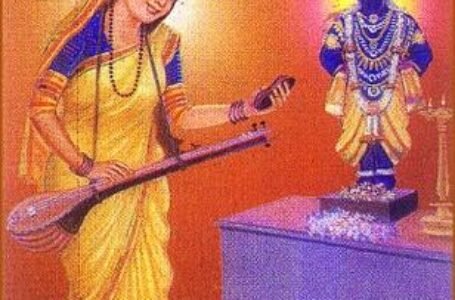Beyond Earthly Bounds: Jahangir’s Throne and the Intersection of Astronomy in the Mughal Culture
- Uncategorized
 ZAINAB ARSIWALA
ZAINAB ARSIWALA- February 15, 2024
- 0
- 99
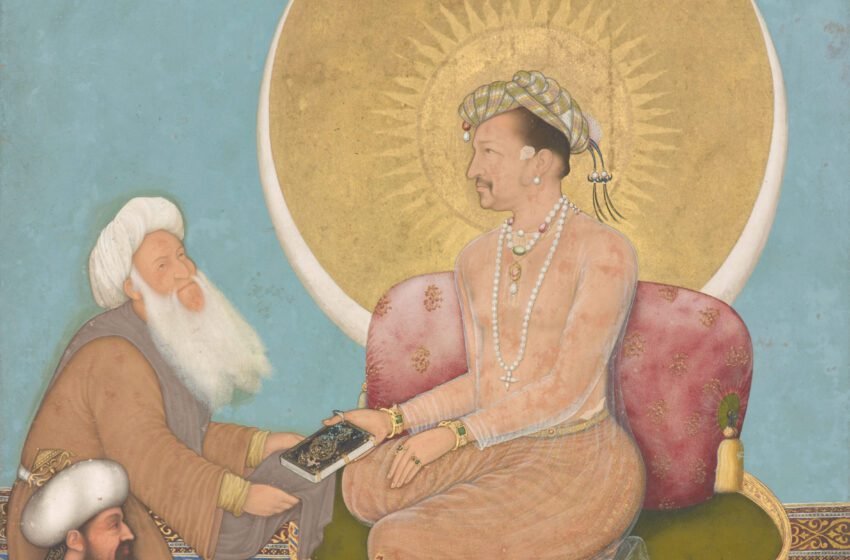
In the Mughal Empire, where power, art, architecture and intellect are united, one symbol that was different from the rest and stood out as an example to the celestial aspiration of its rulers: Jahangir’s celestial seat. The empire flourished cultural splendor and intellectual pursuit during the reign of Jahangir [1605-1627]. Right in the middle of the grandeur of his court, Jahangir’s central seat occupied a central place both physically and metaphorically. It was crafted with such detailed descriptions by the artists of that era, it was not just a piece of furniture but a symbolic representation of cosmic order and imperial authority. This article focuses on the mysteries that revolve around Jahangir’s throne and its profound connection to the Mughal astronomy.
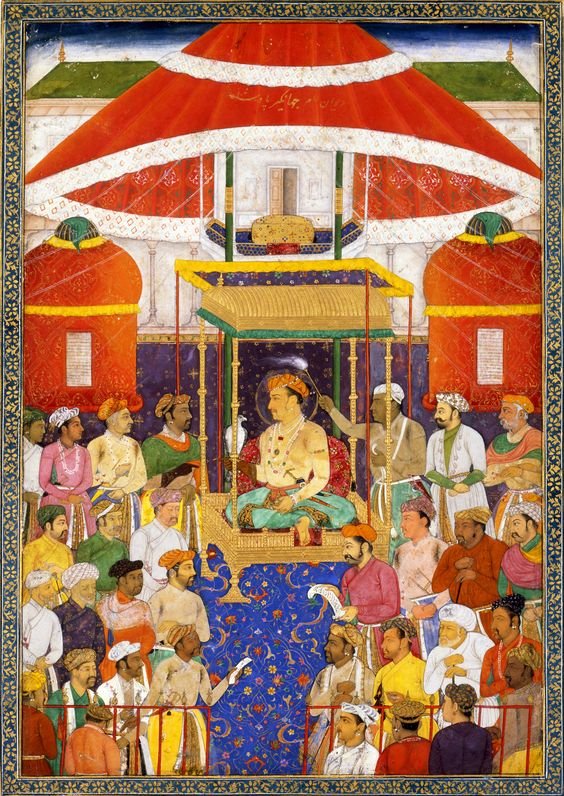
The Takht-i-Jahangir, which is the throne of Jahangir was made in the year 1603 by Jahangir who was in charge of the kingdom from the year 1569-1627. The throne is still present in a special place called Diwaan-i-khaas, which means hall of private audience that is situated in the red fort, Agra. The fourth emperor of the Mughal empire, Jahangir followed the footsteps of his father, Akbar. His reign had seen both military and cultural advancements. His religious tolerance was notable. He chose a different method when it came to religion and did not adhere to Sunni Islam. When it came to governance, his Persian wife, Mehr-al-Nesa played an important role and had a lot of influence on the king. As soon as his health declined, there were internal strife and power struggles within his court.
He even faced various challenges from his rivals including a period of duress under Mahbat Khan 1626. He then passed away while travelling from Kashmir to Lahore. Despite his personal strugfles, what made Jahangir famous was his appreciation for Persian culture, his sensitivity to nature and his keen eye for human character. Under his rule, Mughal paintings reached new heights of elegance and richness. Even though he had a lot of personal issues like heavy drinking and opium use, he left a lasting impact on his legacy in political and cultural spheres of India.
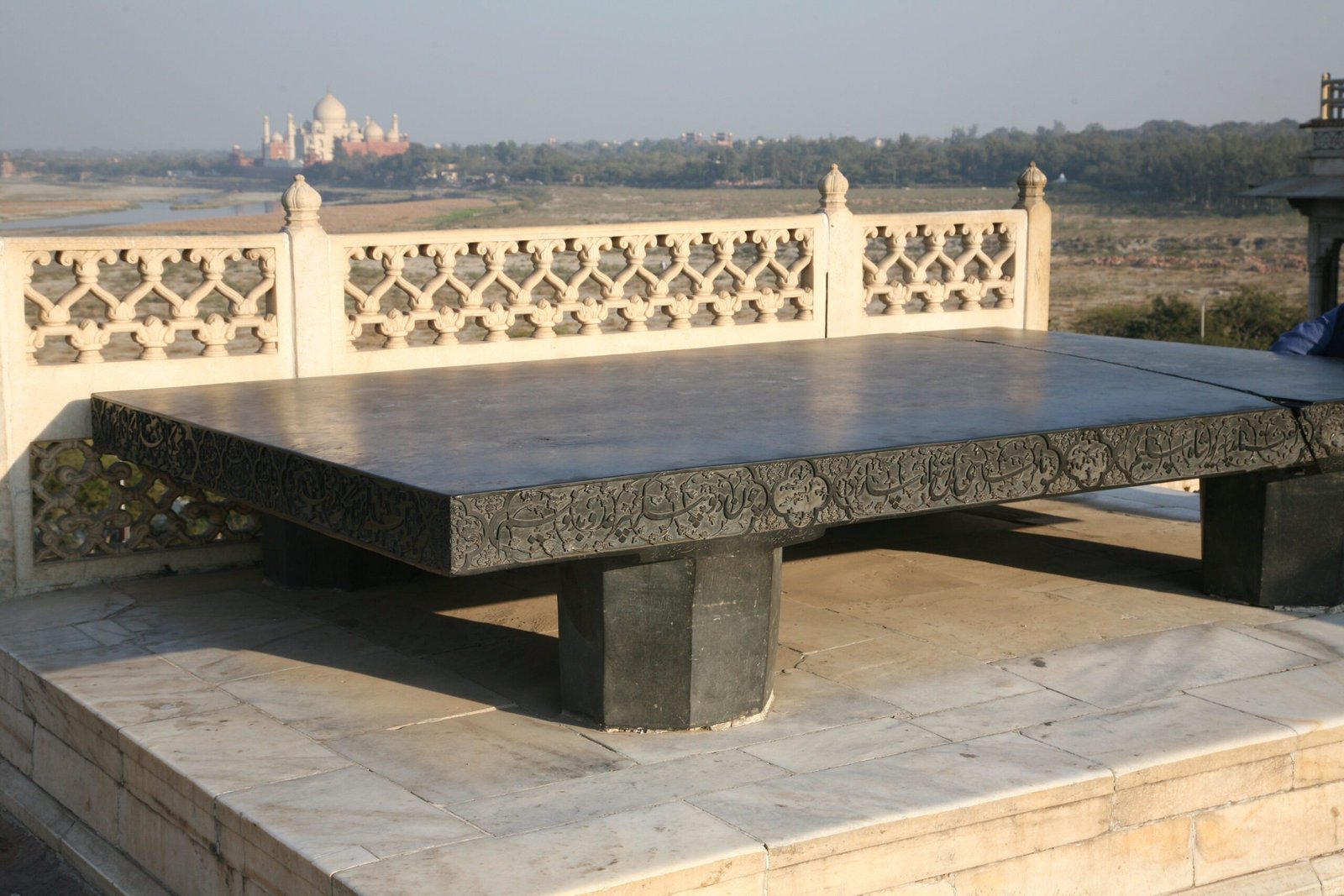
It is a known fact that he made extensions of buildings following his father’s footsteps, particularly at the Agra and Lahore fort. He even completed the building of Akbar’s tomb which is built like a pyramid and has four floors. It stands within a vast chahar-bagh, that is four-part garden. Also, the two most famous building constructed by Jahangir were, the Agra tomb, built for his father-in-law which has Persian motifs such as vines, flowers, vases etc. The second one is the tom of Abd-al-Rahim Khan-i-Khanan. This tomb is similar to the tomb of Humayun design. It also serves as a prototype for the design of Taj Mahal.
Similarly, his throne also stands as a symbol of power and elegance during his reign. it is beautifully crafted from touchstone, and it even has inscription that praises Jahangir. This throne has octagonal legs that makes the throne more supreme. Unlike other thrones, this throne is not adorned with fine jewellery or precious stones but it is the same throne that Jahangir used to give justice amongst his kingdom. What truly distinguishes this throne from the others is its intricate design and ornate carvings. The top resembles the shell of a tortoise, as it gently slopes from the center to the sides. There is even a motif that holds symbolic significance in Mughal art and culture.
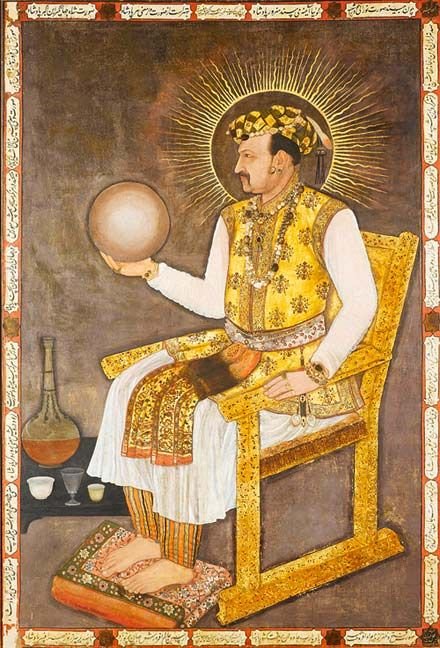
The above mention inscriptions were in Persian which dated back to 1602 serve not only as the declaration of Jahangir’s power but they also represent acts of defiance against his father Akbar, who was alive at that time. He gave himself he titles of Shah and Sultan he asserted his independence and legitimacy as the rightful heir of the throne. Additionally, two inscriptions were carved upon the arrival of the throne on the western pedestal. It emphasized Jahangir’s status as the heir and also his assumption of the title Nuruddin Muhammad Jahangir Badshah. It helped Jahangir reaffirm his position as a sovereign and it also underscored the importance of legitimacy and succession within the Mughal dynasty.
Another interesting fact about the throne is that, it had more than 60 bells that hanged behind the throne. These bells served as a unique mechanism for justice and fair redressal within the imperial court. This concept of using bells as a means of justice speaks volume about the ruler’s commitment to fairness and accessibility. Anyone, regardless of their social structure or background could approach the throne and ring the bell, signaling their plea for justice. This gesture shows that the voice of common people could be heard and addressed directly by the emperor. It was a potent symbol od transparency within the Mughal administration. It would have signaled to both the one in power and the courtiers that justice was not a privilege reserved for the elite but a fundamental right available to all the subjects of the empire. By providing a tangible mechanism, Jahangir not only demonstrated his commitment to equitable governance but also reinforced his image as a just and benevolent ruler. Overall, these bells act as a fascinating dimension to its symbolism and it even highlights the intersection of justice, power and public engagement within the court.
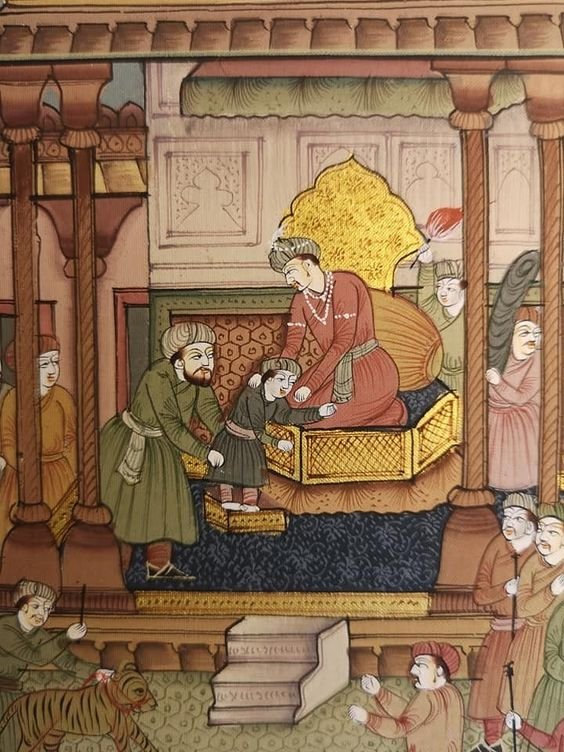
Interestingly, when the Agra fort was under the rule of Jat rulers from 1761 to 1774, there was an incident revolving the throne of Jahangir. The maharaja, Jawahar Singh of Bharatpur, caused a crack in the throne while he was in control. It is believed that the Agra fort underwent some modifications and alterations and its possible that accidental damage occurred to the throne during these changes. However, despite the crack the throne remains significant historical artifact that represents the grandeur and the power of the Mughal emperor, as well as the complex history of the region during the 18th century when various dynasties vied for control.
In this huge empire of Mughals, Jahangir’s throne emerges as shimmering thread that is designed with the idea of aspirations, triumphs and complexities of the kingdom. From its inception as a symbol of imperial authority to its role as a conduit for wisdom, the throne captures the multifaceted nature of Mughal rule under Jahangir’s reign. However, as we take a dive in the history, the legacy of Jahangir, a ruler who balanced military campaigns with cultural patronage and religious tolerance is uncovered. His diplomacy was visible in the generous terms of the peace treaty of Rajput principality of Mewar. It also is an example of his commitment to harmony and co-existence in the middle of this diverse Indian subcontinent.

However, his rule had its own consequences. The steadfast resistance of Ahmadnagar under the leadership of Malik Amber and the internal strife fueled by rivals within the court reveal detailed webs of power and intrigue the characterized Mughal politics. Despite these challenges, his role faced flourishing of Persian culture, the patronage of art and the enduring legacy of Mughal painting. The throne of Jahangir, crafted with touchstone and decorated with Persian inscriptions, stands as a symbol of his rule and his sovereignty and even his defiance. Its dimensions and its carving speak to the glory of the empire, with the addition of 60 bells behind it underscores his commitment to justice and accessibility for all. It also plays an important role in highlighting the intersection of justice, power and public engagement with the Mughal court.

To conclude, Jahangir and his throne transcends its physical form to become a symbol of enduring legacy of the Mughal empire. Through its detailed craftsmanship, symbolism, and historical significance, the throne offers us a glimpse into the bygone era pf splendor, sophistication and enlightened rule. As we reflect on Jahangir’s reign and the legacy of his throne, we are reminded of the timeless lessons of justice, tolerance and cultural patronage that continues to resonates across the countries.


